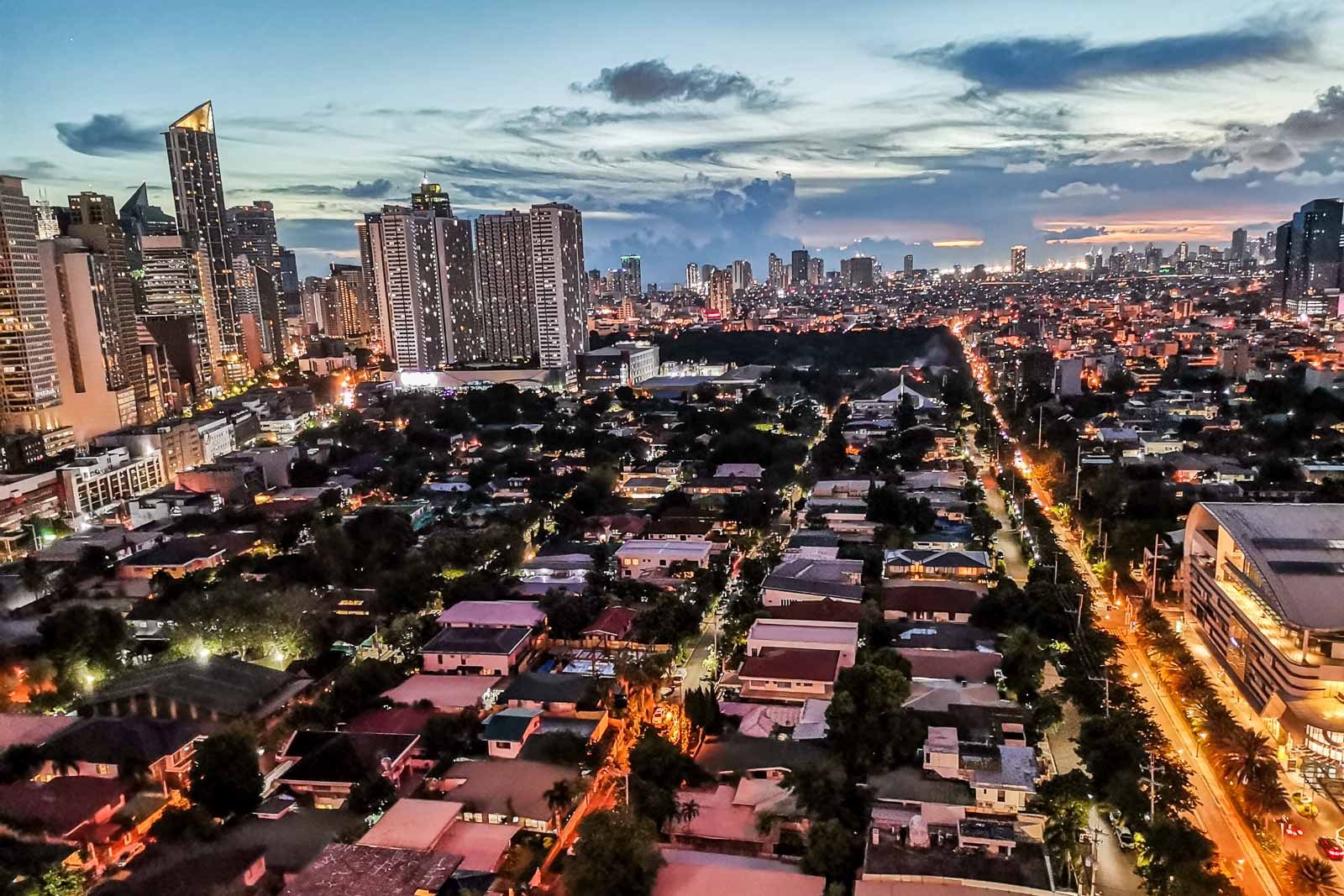SUMMARY
This is AI generated summarization, which may have errors. For context, always refer to the full article.

MANILA, Philippines – The Philippines’ gross domestic product (GDP) accelerated by 7.6% in 2022, as holiday consumption and further reopening of businesses boosted growth despite prices of goods rising to 14-year highs.
The Philippine Statistics Authority on Thursday, January 26, also initially reported that fourth quarter growth hit 7.2%. This was later revised downward to 7.1%, still marking the seventh consecutive quarter of growth.
President Ferdinand Marcos Jr.’s economic team aimed for GDP to grow between 6.5% and 7.5% in 2022.
Among countries in Asia that have reported latest GDP figures, the Philippines grew the fastest, followed by Vietnam with 5.9% growth and China with 2.9%.
Main contributors to the annual growth were wholesale and retail trade, repair of motor vehicles, manufacturing, and construction.
Among major economic sectors, agriculture, industry, and services posted growth rates of 0.5%, 6.7%, and 9.2%, respectively.
Contribution to GDP growth in 2022: pic.twitter.com/GlIFea6UPJ
— Ralf Rivas (@RalfRivas) January 26, 2023
Elevated prices
Household consumption grew 8.3%, signaling that families continued to spend despite inflation climbing to 5.8% in 2022.
Socioeconomic Planning Secretary Arsenio Balisacan attributed economic growth to the country’s high employment rate pushing up consumption despite elevated prices.
With inflation eating up household savings and likely causing people to accumulate debt, is this growth sustainable?
Balisacan said addressing inflation is the Marcos administration’s top priority for 2023, as elevated prices would “negate what we have achieved in recent years.”
“We will continue to support consumers and affected sectors through the extension of reduced tariffs on various products, facilitation of an accessible food supply chain, reduction of transport and logistics costs, and other measures to cushion the impacts of inflation on the purchasing power of households,” he said.
For 2023, the government’s economic managers are aiming for GDP growth to settle between 6% and 7%.
Economists earlier said emerging markets like the Philippines could take a hit from monetary policy tightening as central banks around the world rein in inflation.
GDP growth is the year-on-year change in a country’s economic output which measures how fast an economy is growing. It provides a snapshot of the state of the economy and helps government officials craft policies, but does not reflect other economic indicators like income inequality or the sustainability of growth. – Rappler.com
Add a comment
How does this make you feel?

![[EDITORIAL] Apat na taon na lang Ginoong Marcos, ‘di na puwede ang papetiks-petiks](https://www.rappler.com/tachyon/2024/07/animated-bongbong-marcos-2024-sona-day-carousel.jpg?resize=257%2C257&crop=280px%2C0px%2C720px%2C720px)
![[In This Economy] Delulunomics: Kailan magiging upper-middle income country ang Pilipinas?](https://www.rappler.com/tachyon/2024/07/in-this-economy-upper-middle-income-country.jpg?resize=257%2C257&crop=421px%2C0px%2C1080px%2C1080px)

![[EDITORIAL] Marcos Year 2: Hilong-talilong](https://www.rappler.com/tachyon/2024/07/animated-bongbong-marcos-2nd-sona-carousel.jpg?resize=257%2C257&crop=136px%2C0px%2C720px%2C720px)
![[Newspoint] A fighting presence](https://www.rappler.com/tachyon/2024/07/thought-leaders-a-fighting-presence.jpg?resize=257%2C257&crop=441px%2C0px%2C1080px%2C1080px)
There are no comments yet. Add your comment to start the conversation.